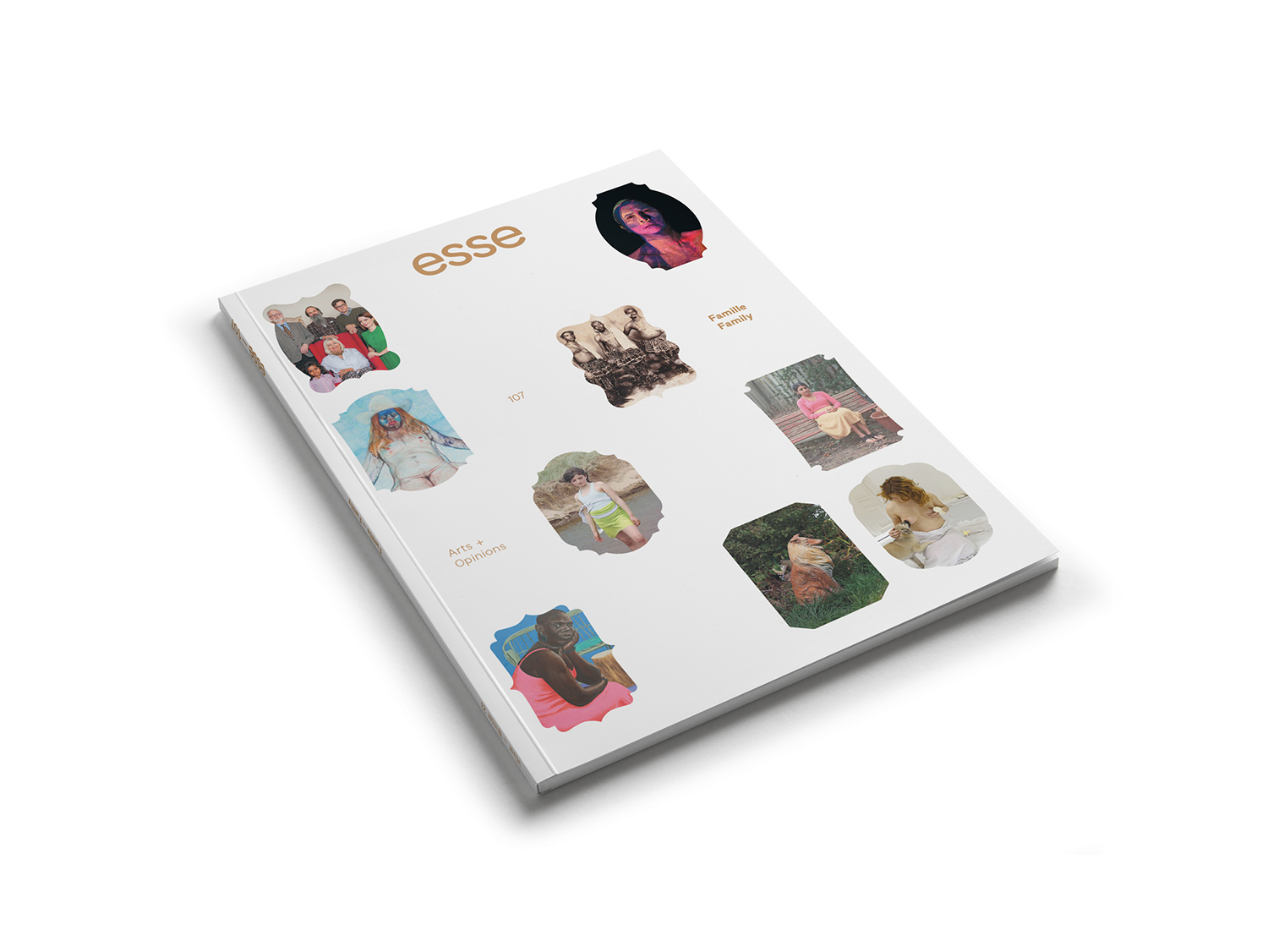Family Stories and other “Kinscapes”
The family unit is where we have our first experience of identification with a group and take our early steps toward socialization. The word “family” generally has a positive connotation, evoking kinship and a sense of belonging. The word is so powerful that its biological and genealogical meanings are broadened to encompass forms of affiliation with a community of mind — the chosen family — particularly when the immediate family does not offer the expected sense of security and comfort.
Although the traditional family has gradually been transformed, becoming less normative, its symbolic and social significance still weighs on our conception of a harmonious home. Society still applies pressure to become a parent, for example — and, especially, to become a mother. As Austin Henderson emphasizes in the feature section in this issue, “Under capitalism’s demand for renewal and procreation, society has developed a presumed need for heterosexual family structures. Paired with this is the promise of producing a ‘happy family’ as a selling point for the machine of social reproduction.”
The intention of the feature section in this issue is not to outright reject the family — an institution that many see as sacred — but to try to untangle or unfold it, to take up the textile metaphor that several of the authors here employ. We have adopted a flexible interpretation of the concept of family, delving into it from both genealogical and symbolic angles. Our gaze is sweeping, from artistic kinships to knowledge transmitted between generations, queer families, and even less-conventional forms such as multispecies families. On this subject, Chris J. Gismondi reminds us that “kinship with land, with nonhuman nations, and with other humans is a vital part of Indigenous worldviews and life,” and he borrows the expression “kinscape” from the Cree-Métis poet Marilyn Dumont. In fact, this word so powerfully evokes a fundamental link between the land and the different life forms that populate it that I, too, have borrowed it for the title of this editorial. And so, this issue’s feature section contains a panoply of possible family models, scrutinized in a multitude of stories and panoramas.
This issue is designed a little like the album of a recomposed artistic family. It includes different generations of Indigenous artists sharing a technical or aesthetic heritage or exploring memory by revisiting their family archives. In these cases, vernacular photography provides valuable evidence for reconstructing the stories of diasporic families. The maternal figure is also foregrounded. Depicted with a touch of humour, these portrayals depart from the facile interpretation of the invisible mother submerged by her children to present a more realistic, if sometimes facetious, picture of maternity: states of simultaneous ecstasy and agony. The chosen family is also a central focus, both in our authors’ theoretical research and in the creative strategies deployed in many of the works on view — photographs, paintings, and textile assemblages that claim use of the word “family” beyond blood ties. In LGBTQ+ communities, Benoit Jodoin notes, “use of the word is a political act”; he also reminds us that “the metaphorical approach of textile art can disrupt the norms of this social organization by undermining its nuclear model with a renewed and creative version — a queerified version.” Fabric is indeed a superb metaphor for the multiplicity of intertwinings underlying the idea of family. The fabrication of new links, and the recognition of those that already exist, by the “resumption of threads of kinship passed on through intergenerational vectors of transmission,” as Gwynne Fulton puts it, are other ways to consider encounters among members of a chosen or refound family. Finally, “oddkin” — a notion borrowed from Donna Haraway —families also figure in this album. More marginal, they involve multispecies cohabitations that are not without raising ethical questions. Deirdre Madeleine Smith posits that “a great deal of care and examination are required for the radical potential of the multispecies family to be realized and for the structural dominion over the other of the human-pet relationship to be mitigated.”
In this issue, we address love, mutual help, and collaboration among close circles, friendship and solidarity, family spats transformed into works of art, stories recounted, and experiences shared. Family stories.
Translated from the French by Käthe Roth
